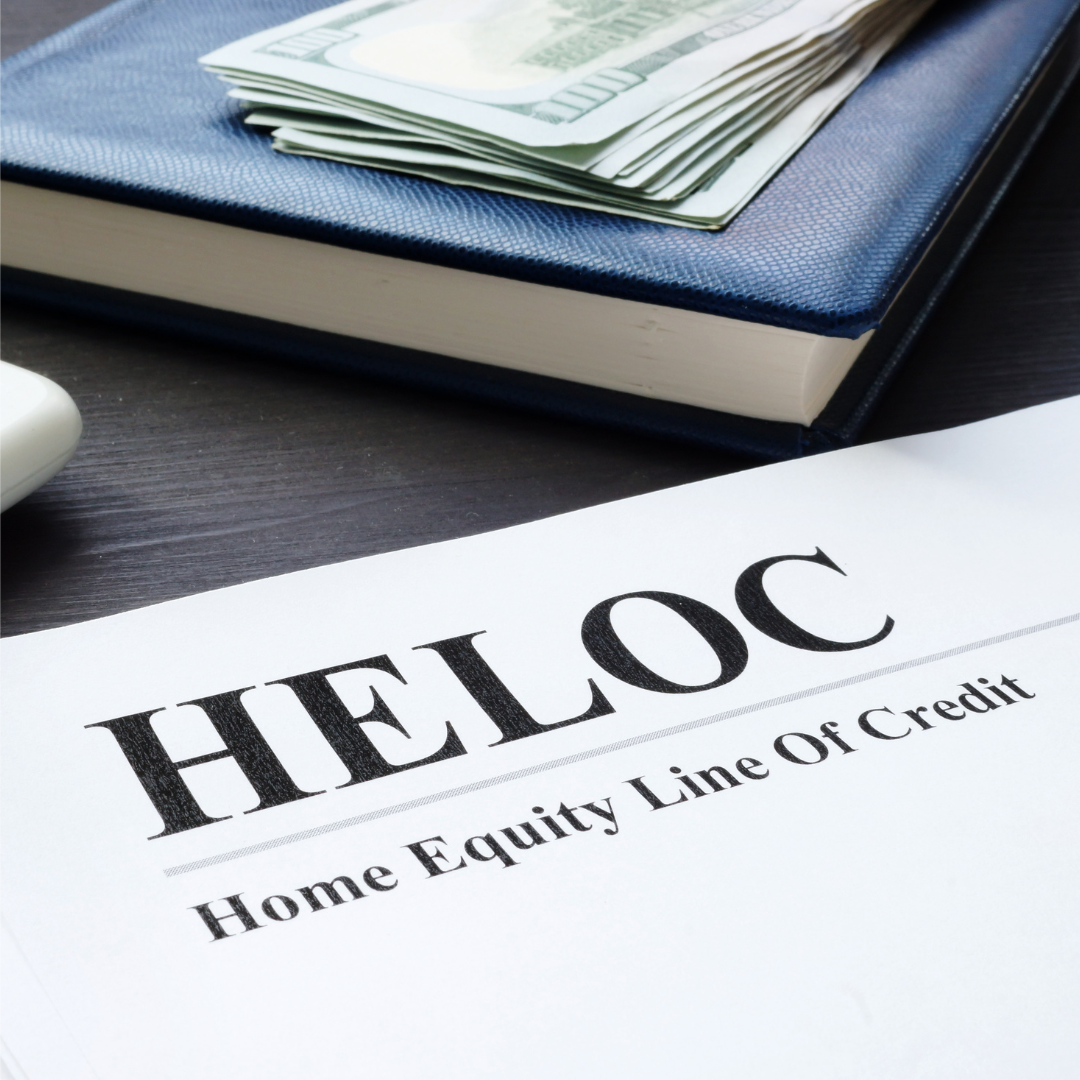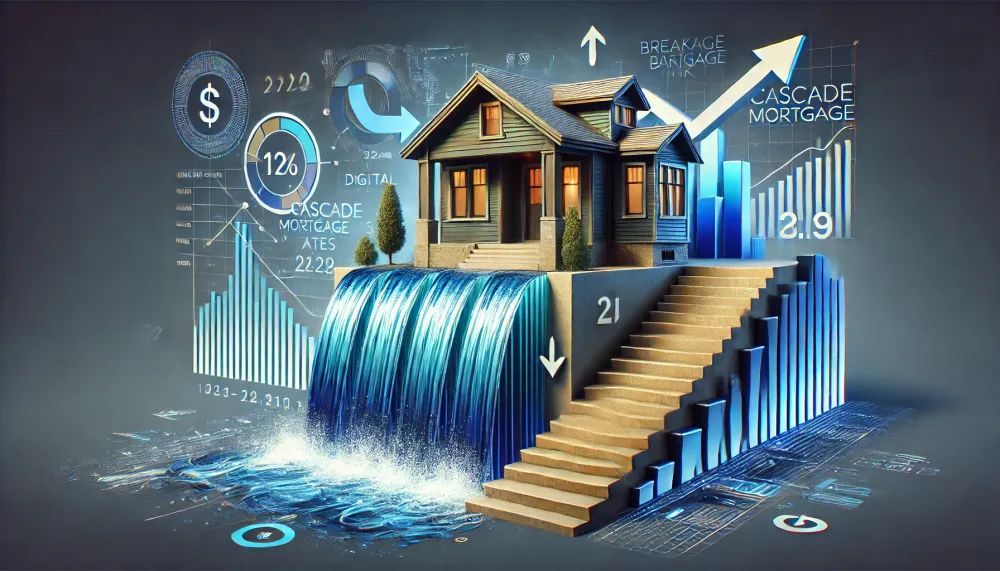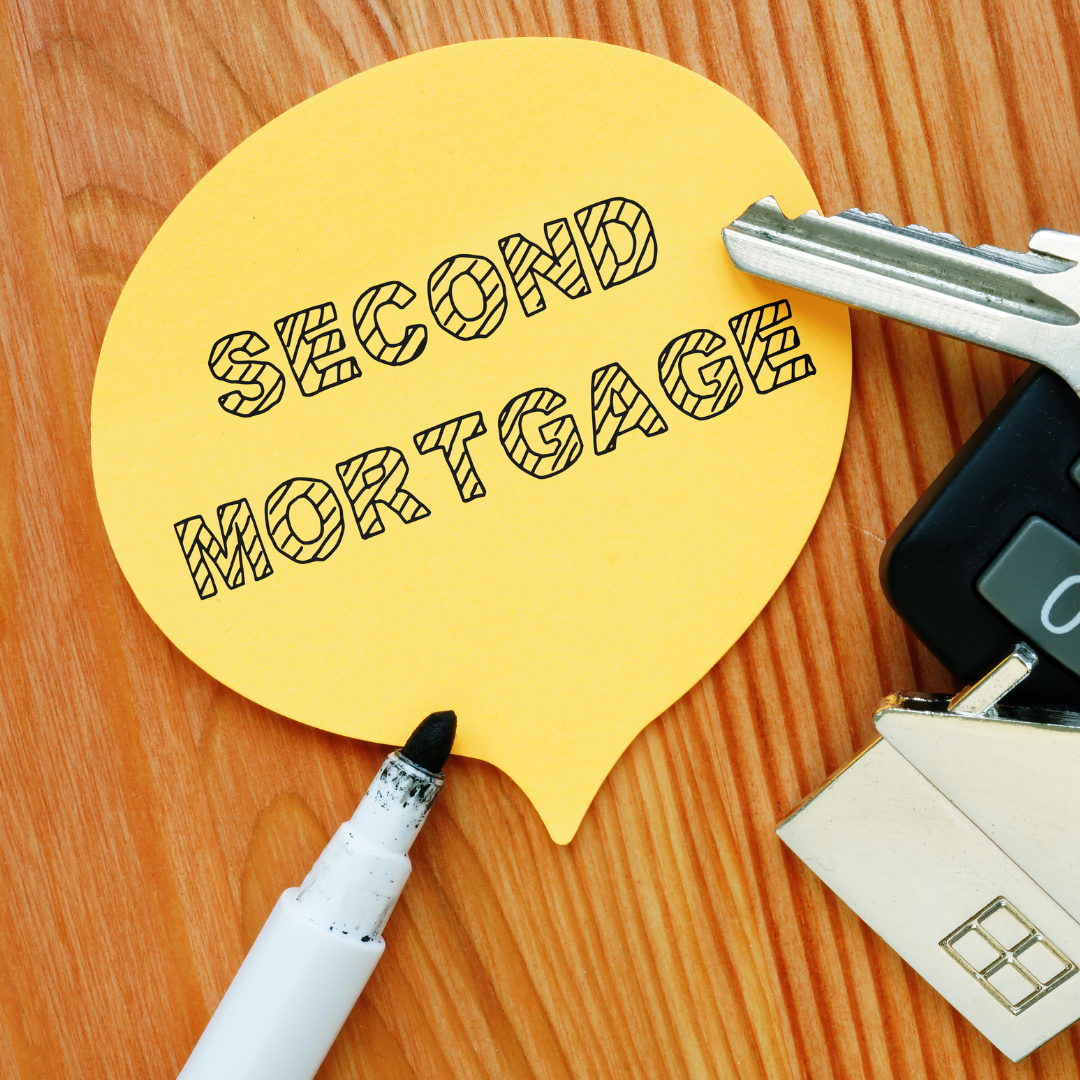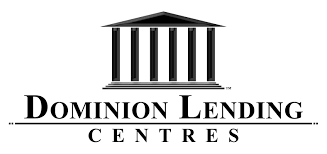What is a HELOC?
A Home Equity Line of Credit can be an excellent tool, when used properly.

In its simplest form, a HELOC (Home Equity Line of Credit) works similarly to a credit card. You can borrow money up to a certain credit limit set by your lender and then pay back the borrowed amounts along with interest. This option can offer more flexibility — you can even withdraw and make payments on a daily or weekly basis, if necessary.
What determines a HELOC’s credit limit?
A HELOC’s credit limit depends on several factors, including your credit and unpaid debts, but it’s determined largely by the market value of your home and the amount you owe on your mortgage.
For instance, if you own a home valued at $700,000 and still owe $480,000 on your first mortgage, then your home equity stands at $220,000. Lenders typically limit the amount you can borrow to no more than 80% of the appraised value of your home minus what you owe on your mortgage.
In this case, the maximum amount you’d be able to borrow on a HELOC is $80,000. Here’s how that’s calculated, assuming there are no other liens on your home:
Market value of your home: $700,000
80% of the home’s value: $560,000
Minus mortgage balance: $560,000 – $480,000
Potential line of credit: $80,000
Benefits of a HELOC?
A HELOC is an open mortgage product and can be paid back at any time with no pre-payment penalty. There is no cost to use a HELOC unless you have a balance on it. The minimum payments each month are interest-only. This is ideal from a cash-flow perspective as it leaves the most flexibility.
What’s the length of a HELOC term?
The length is tied to your mortgage term. If you renew with your lender, then the HELOC can be renewed as well. If you change lenders at any time, you can look to have another HELOC attached to your property.
What does it cost to set up a HELOC?
Some mortgages are already set up for a HELOC and costs may be minimal. If the mortgage is not already set up for HELOC then you can expect to incur legal fees and potentially an appraisal fee. It is on a case-by-case basis depending on your lender.
How to use a HELOC
There are numerous ways to take advantage of a HELOC.
- Transferring higher interest credit balances. HELOCs will have a very low-interest rate compared to unsecured credit (credit cards, LOC, loans, etc). You can still make the same monthly payment you were making but more will be applied to the principal if the debt is on your HELOC. This means the debt is being paid off quicker = interest savings.
- An emergency fund for loss of job, health reasons, etc.
- Repairs or maintenance on your home.
- Renovations on your home.
- Purchase of investments, property, etc.
What to consider?
Before you decide to take out a HELOC, consider what you’ll need it for. If you’re planning to use a HELOC for home improvements, investments, debt consolidation, etc., it could make more sense to do an actual refinance which allows you to re-amortize your mortgage. These are details we would map out as we go through the application process so we could determine which option is going to fit the situation best.
Let’s get moving
Our latest articles



